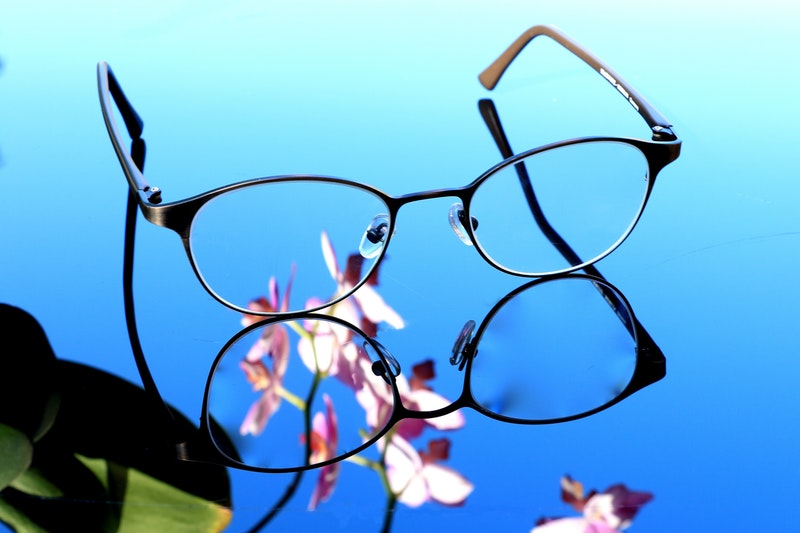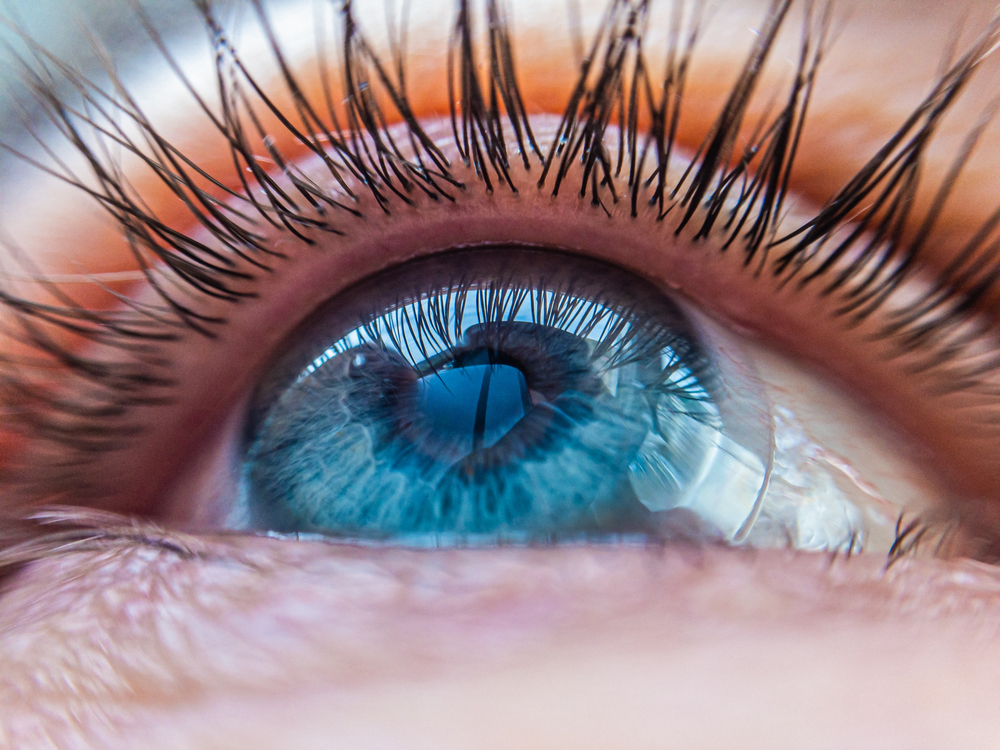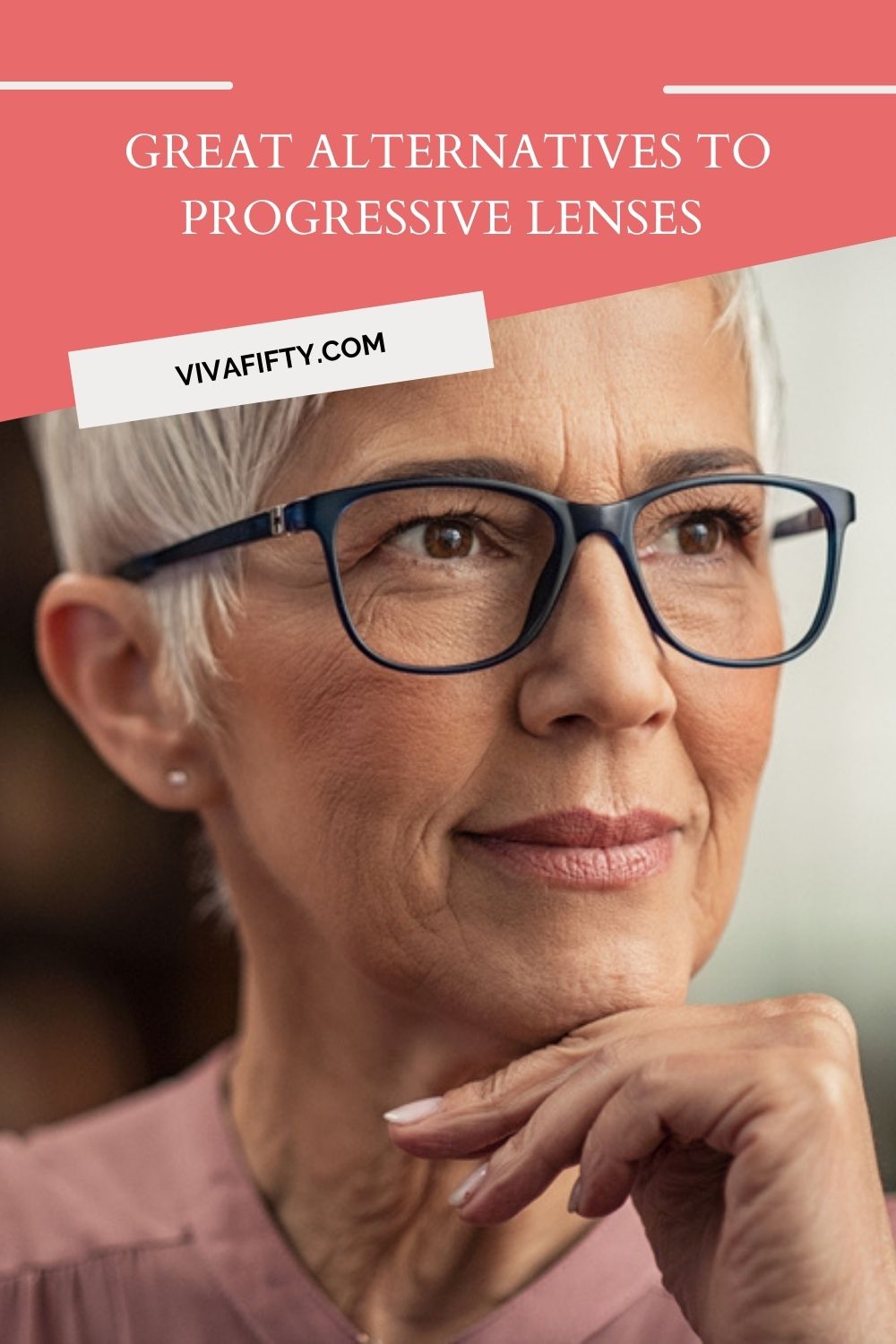At some point between the ages of 40 and 50, most adults find they need to start wearing reading glasses due to a condition called presbyopia that affects all human adults.

For those who are already near-sighted, that naturally means they may be looking into progressive lenses.
While progressive lenses look a lot more appealing than traditional bifocals, they can definitely take some getting used to and may not be the best option for everyone.
Thankfully, there are some alternatives to consider if you want to avoid wearing progressive lenses or you’ve tried them and found you’ve found them to be uncomfortable, disorienting, or otherwise just don’t seem to work for you.
Read also: This is how long it takes to adapt to progressive lenses

Bifocals
Bifocals are the most traditional option for adults who need vision correction at two distances.
The lenses themselves have a visible line and many people notice an image jump when they go between looking through one part of the lenses and the other.
However, they are less expensive than progressive lenses and many people find they are easier to adjust to and experience less distortion than they do with progressives.
Trifocals

Trifocals were developed after bifocals and actually have two visible lines on the lenses because trifocals improve vision at three different distances — near, far and middle.
You may be able to purchase trifocals that have a wider middle viewing area than progressive lenses which can be much more comfortable and easy to adjust to than progressive lenses, especially for people who spend a lot of time looking at a computer screen.
Read also: 4 Surefire tips to get used to progressive lenses

Multifocal contacts
If you wear contacts, the onset of presbyopia does not necessarily mean you have to switch to wearing glasses. There are a number of multifocal contact options available including bifocal contact lenses.

Like progressive lenses, bifocal contacts have two prescriptions on each lens, but unlike progressives, they don’t require you to tilt your head to see at different distances.
However, you should still expect to experience an adjustment phase while you get used to using two prescriptions at once.
There are even some options on the market that adjust from near to far gradually, creating a more natural feel for wearers.
Monovision contacts
If you opt for monovision contacts, the lens in one eye is for distance and the lens in the other eye is for close-up vision.
It’s an older option than multifocal contact lenses, which means it may be more affordable.

But, because both eyes work together to create ideal vision, there are some drawbacks.
Both your distance and your intermediate vision may not be as good with monovision contacts as they would be with some of the other options.
You also may notice some issues with depth perception and may still experience issues driving at night.
Overall though, monovision contacts are a good, budget-friendly option for most contact lens wearers with presbyopia.
Also read: Best alternatives to reading glasses






Rowena
Progressive lenses are the ideal way to see at every distance. Yes, you have to move your head and not just your eyes. The most important thing when you are ordering these lenses are correct measurements by a licensed professional and excellent adjustments to your frame so you are seeing properly through the lens.
Viva Fifty
I use them and agree, although I also use multifocal contacts. I love both!
Yang Fulton
Those are the only options? We can invent smart glasses, but we can’t invent a pair of eyeglasses that can help you see at any distance without lines or struggle?
Viva Fifty
I wear progressives and multifocal contacts. I love both, but not everyone does.